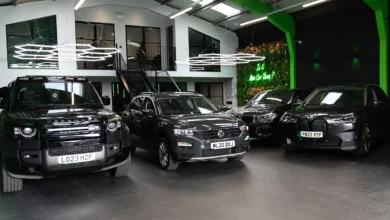
Exploring Toxteth Park Cemetery Through the Lens
As a keen amateur photographer, when I first laid eyes on Liverpool’s Toxteth Park Cemetery while heading to a house viewing in the Toxteth area, right there and then, I automatically knew images of the cemetery would create some interesting photographs. Therefore, when I finished doing what I had to do, I decided to return to the cemetery.
When I strolled through the cemetery’s gates, the first noticeable thing was the eeriness that turned into a sense of calmness. Cemeteries are not only synonymous with death. I noticed people who did not stop at any graves, but were walking around by themselves, looking Zen, while they presumably made the most of the cemetery’s peaceful surroundings.
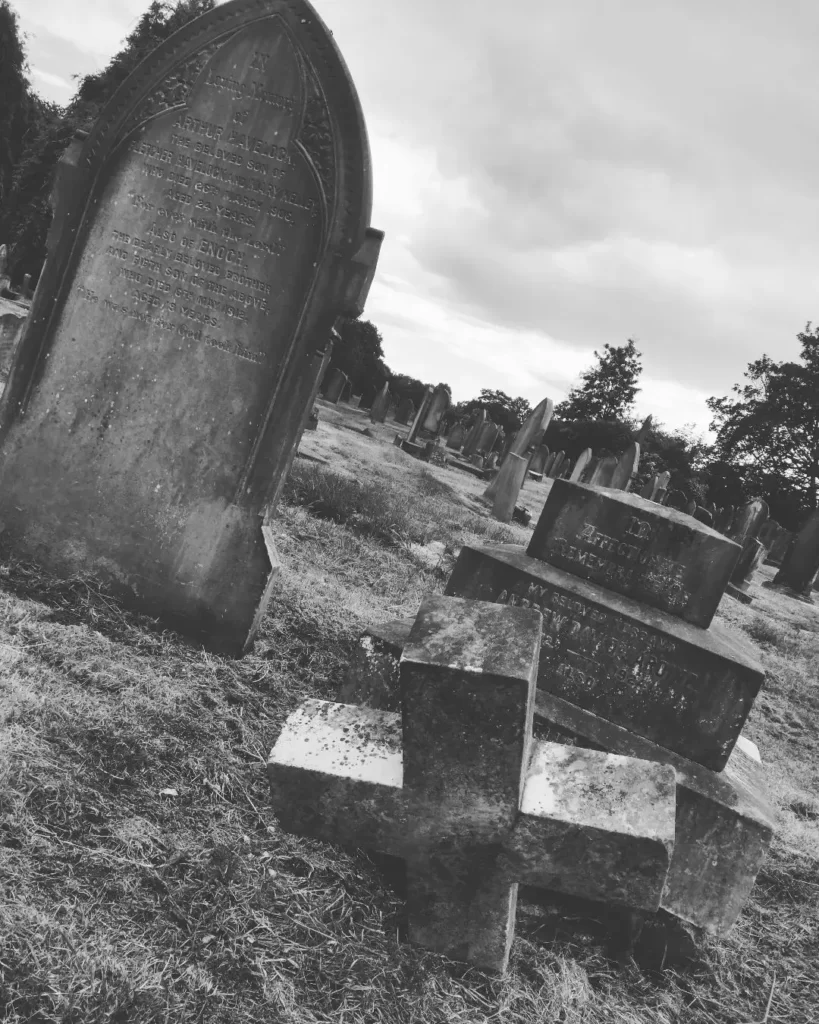
Yes, Toxteth Park Cemetery does have a peaceful ambiance throughout its grounds: an ideal setting while the public goes and pays their respects to their loved ones.
What becomes apparent is the different variety of gravestones that have evolved throughout the years. Contemporary gravestones seem to have minimal attention to detail. Many of the mid-19th to early-20th century gravestones have Gothic styles with intricate carvings of motifs. Furthermore, some of those older graves have additional fixtures, including obelisk pillars and statues of religious iconography, such as holy effigies and Celtic crosses attached to them.
The older graves that are more impressive suggest the deceased former affluence. With modern graves, it is harder to distinguish who may have been from a wealthy background because most modern gravestones are similar in size, with no additional fixtures which could suggest affluence. But to have similar graves removes a so-called “hierarchy system” ranked by how extravagant a deceased person’s grave is.
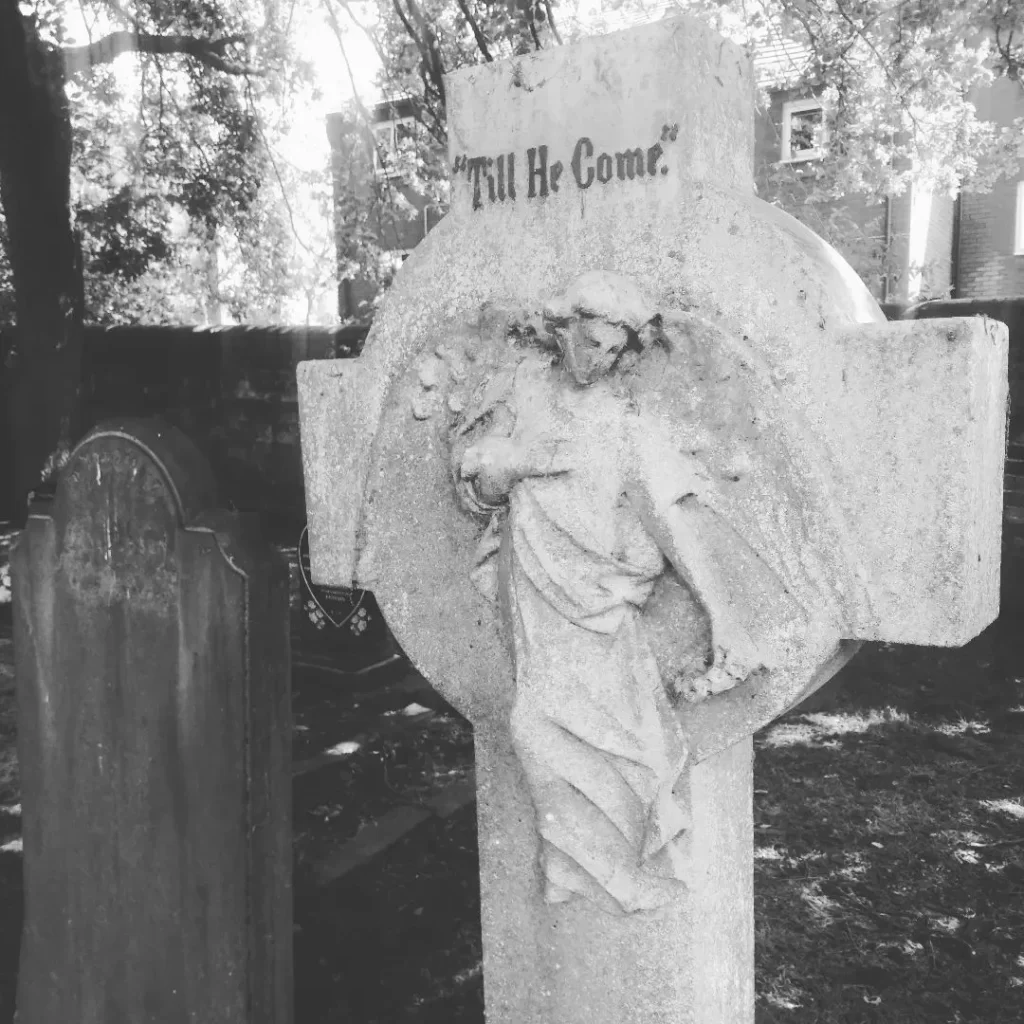
The modern graves are more toned-down and do not come anywhere remotely close to the creativity of the older graves. Flamboyant graves that some may consider to be ostentatious are no longer the norm.
A high proportion of the older gravestones (the oldest one I came across was from 1858) and fixtures are discoloured and damaged, which means they are not sustainable and do not last for an extended period of time. But all the derelict features help make the cemetery look more mysterious: the perfect scenery to photograph.
It seems most of the older gravestones and fixtures were made with cement, and the modern gravestones were made from granite. Only time will tell if the transition of materials used is effective and enables long-lasting longevity.
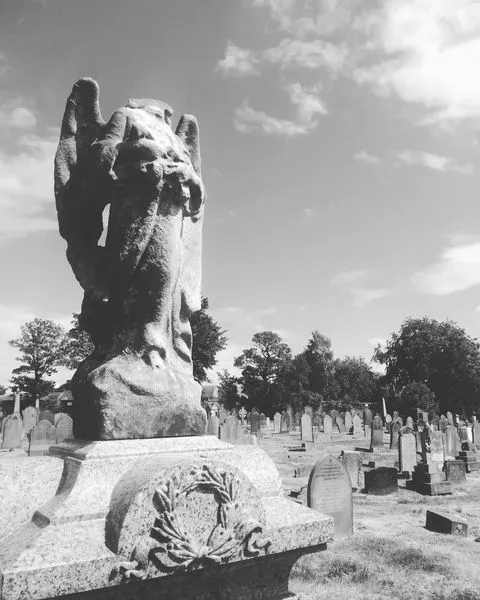
There is a lack of space for new burials at Toxteth Park Cemetery, and other cemeteries across the country may have encountered the same dilemma. Due to limited burial spaces, for practical reasons, in the future, cremation may start to become more common than ever before. However, although cremation is cheaper than burial, it is not a realistic option for everyone.
For example, we live in a very diverse society with different religions that state their beliefs on the disposal of the body, which consequently makes those who follow a particular religion favour burial over cremation.
And even though local councils throughout the country own cemeteries like Toxteth Park Cemetery (Liverpool City Council owns Toxteth Park Cemetery), it is unlikely new cemeteries will appear anytime soon.
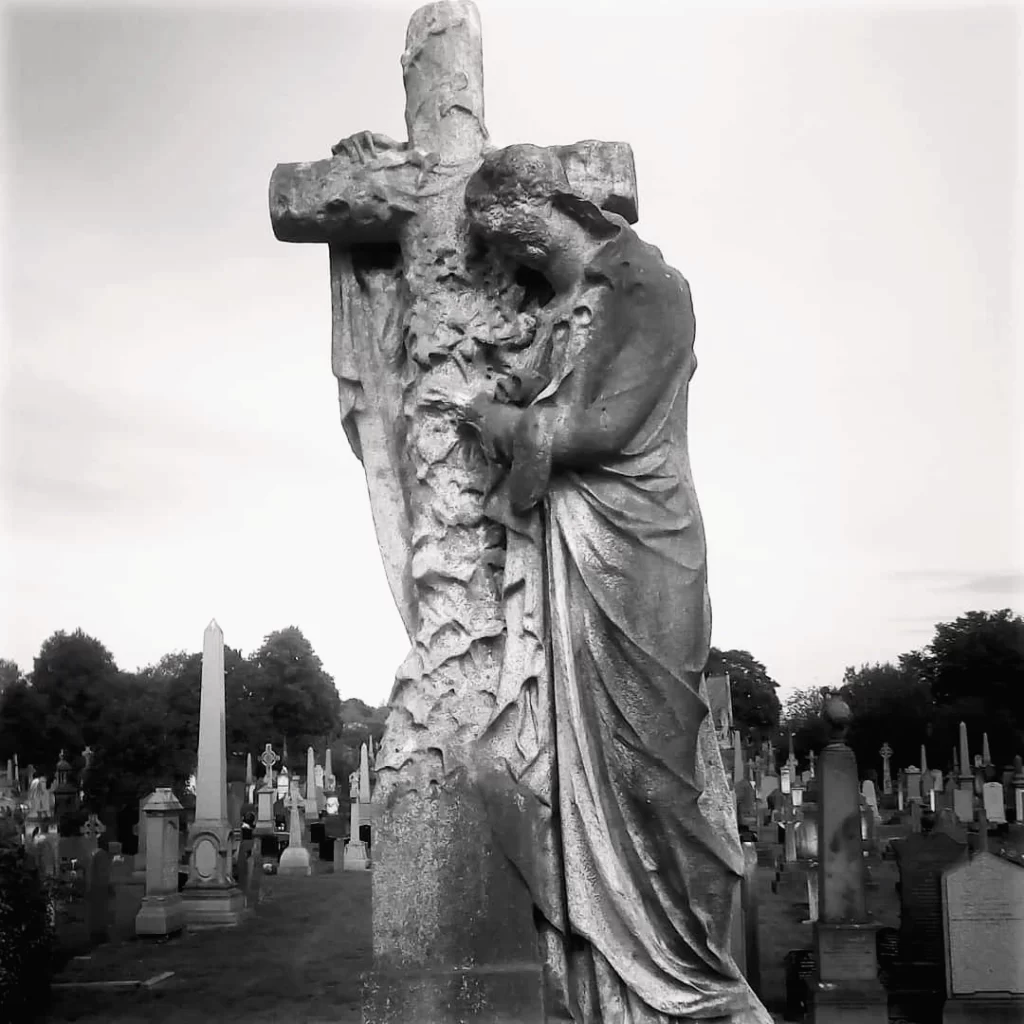
It is more profitable for local councils to sell their land to companies that plan to build commercial properties. Burial plots for sale are not a quick cash-making scheme for cash-strapped local councils.
Sometime in the future, the UK may not have any choice but to follow suit, like Germany, where it is customary to re-use burial plots.
Andrew Dickinson





